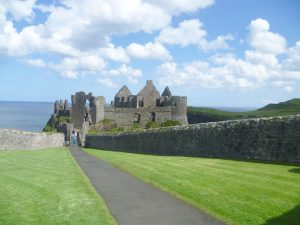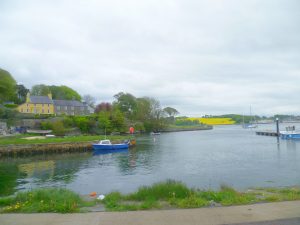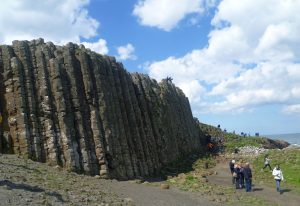I love visiting local museums and the Ulster Museum in Belfast is a great example of the genre. I mean no disparagement by calling it ‘local’; because, what it does, brilliantly, is give visitors an excellent overview of Northern Ireland’s history, together with many fascinating objects which illuminate that.
And it starts with a terrific exhibit – that of the long extinct Irish elk.
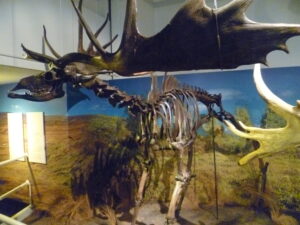
An Irish elk excavated from a bog – just look at those magnificent huge antlers
Continue reading The Ulster Museum: From Irish Elk to Spanish Treasure
Please share this page...

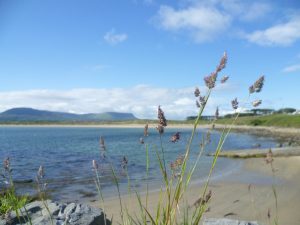

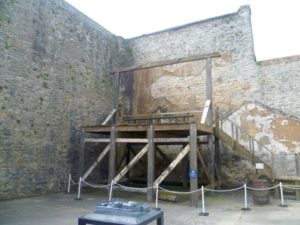
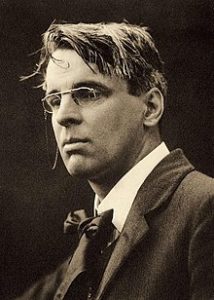 W. B. Yeats (1865-1939) by George Charles Beresford
W. B. Yeats (1865-1939) by George Charles Beresford